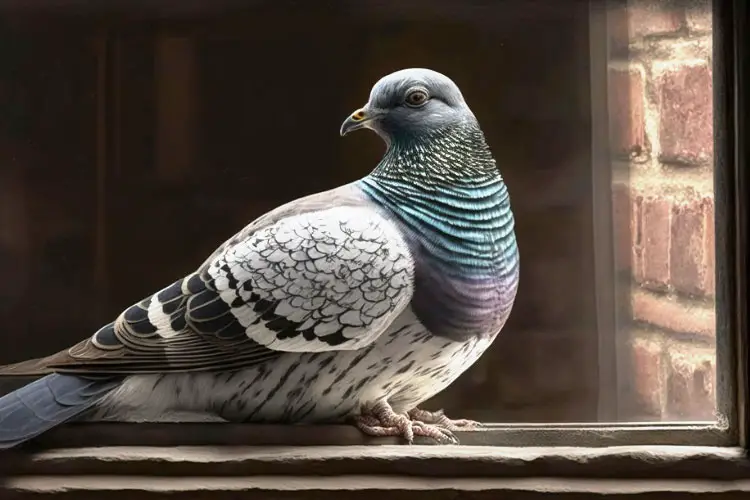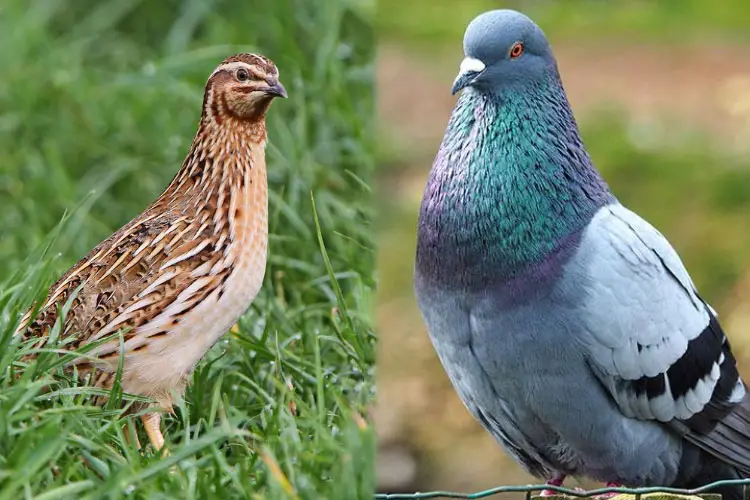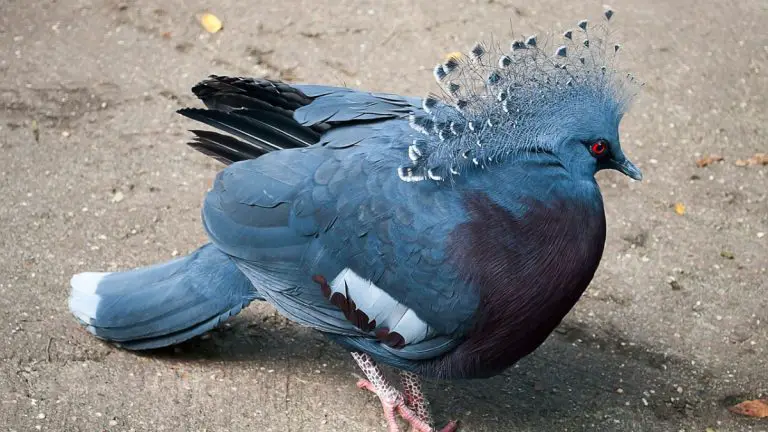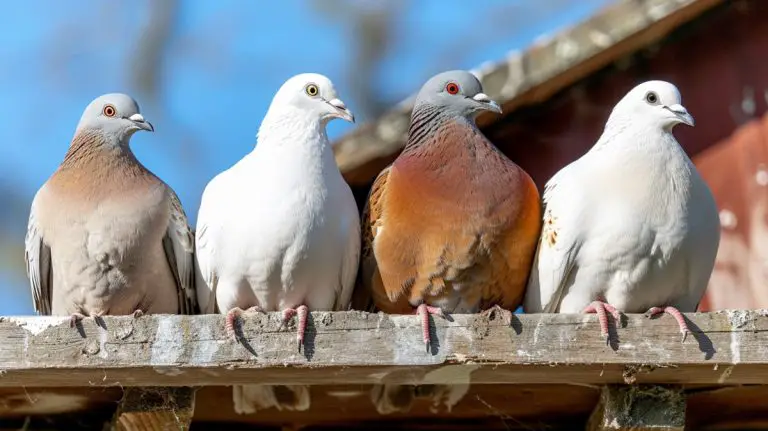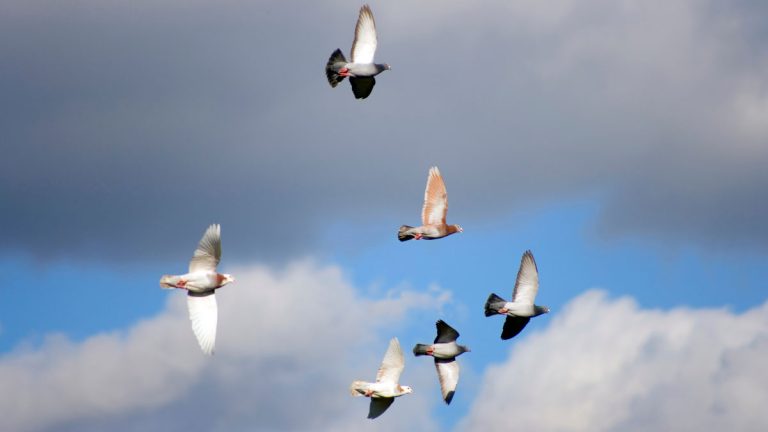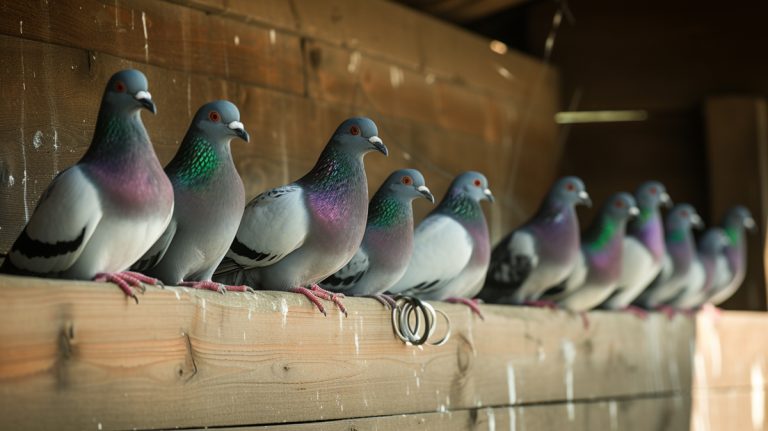The Challenges of Pigeon Racing: Injuries, Predators, and Other Threats
Pigeon racing has its obstacles since racing pigeons are sensitive to injuries, predators, and other threats. All these can impact their health and safety.
So, what are the Challenges of Pigeon Racing? Out of several challenges, the main challenges are injuries, they can be attacked by predators, and weather events such as storms can affect them physically. Additionally, they can be theft.
We will explore the various obstacles faced by pigeon racers and provide tips for preventing such things. These may include treating injuries, protecting racing pigeons from predators, and mitigating other potential threats. So, let’s get started!
Introduction to the Challenges of Pigeon Racing
Pigeon racing presents various challenges to the health and safety of racing pigeons. The main problems are given below, as mentioned before
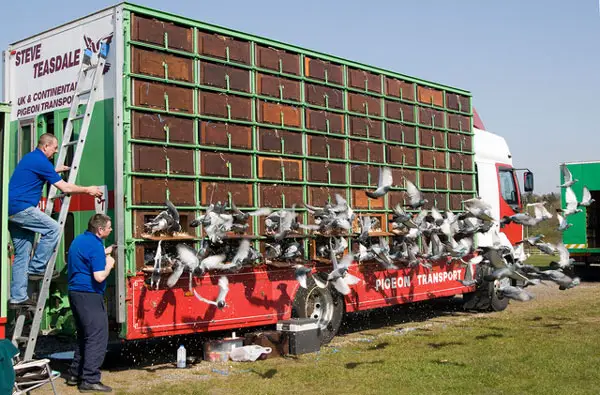
- Injuries can damage physical stability
- Predators attack can lead to serious physical damage
- Improper weather conditions can cause them to lose the way
- They can be stolen by an inappropriate person.
Racing pigeons are exposed to injuries such as wing injuries, which can impact their ability to fly and compete. Predators such as falcons and hawks pose a significant threat to racing pigeons, as they can prey on these birds during races or while they are training.
Other threats, such as severe weather events and theft, can also impact the health and safety of racing pigeons
Types of Injuries in Racing Pigeons
Racing pigeons are prone to a variety of injuries. To have a clear picture at a glance, it is best to take a fast look at all of the injury kinds and instances of them.
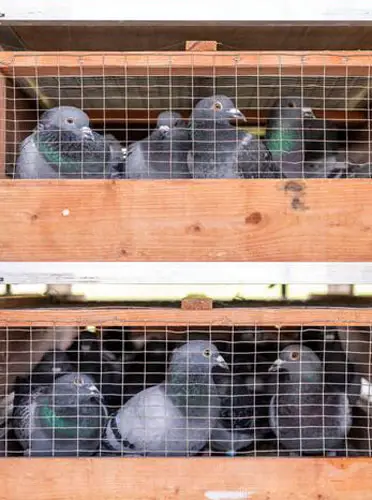
| Injury | Consequences | Comment |
|---|---|---|
| Damaged beak | Can even die | Life-threatening |
| Broken wings | Won’t be able to race again | Not life-threatening |
| A broken leg | Can’t fly for a short time | Can’t do a race with the same strength again |
| Bruising of the wing | Recovers naturally | Fully recoverable and doesn’t lose the potential to fly well |
These are the common injury types that are usually seen in racing pigeons. You may see some other injury variants as well. In such cases, treatment should be given by a physician.
Predator Attacks Can Lead To Serious Physical Damage
Birds of prey such as hawks and falcons are one of the most common predators of racing pigeons. These birds have keen eyesight and are known to attack pigeons in mid-air. These creatures can swoop down and catch them with their talons.
This is particularly common during races when pigeons are flying at high speeds, making them more vulnerable to attacks.
Improper Weather Conditions Can Cause Them to Lose their Way
Pigeons rely on several cues to navigate their way back to their loft during races or training. Some of the things mentioned below can be crucial cues
Improper weather conditions can interfere with these cues and cause pigeons to become disoriented and lost.
For example, overcast or foggy conditions can obscure the position of the sun, making it difficult for pigeons to navigate using the sun’s position.
Heavy rain or snow can make it difficult for pigeons to see visual landmarks and interfere with the earth’s magnetic field. Since pigeons use these things for navigation, the unavailability of those cues may cost the pigeon’s owners.
Pigeons Can Be Stolen by an Inappropriate Person
The racing pigeons are often highly valuable and can sell for significant amounts of money. Especially if they have a successful racing record or come from a well-known breeding line. This makes them attractive targets for thieves who are looking to make a quick profit.
Racing pigeons are often released in remote locations during races, making them more vulnerable to theft. Thieves may be waiting at these locations to capture pigeons and take them away.
The Challenges of Pigeon Racing: Preventions, Protections, and Treatments
To overcome the challenges, we will discuss every required measure you should take for your racing pigeons.
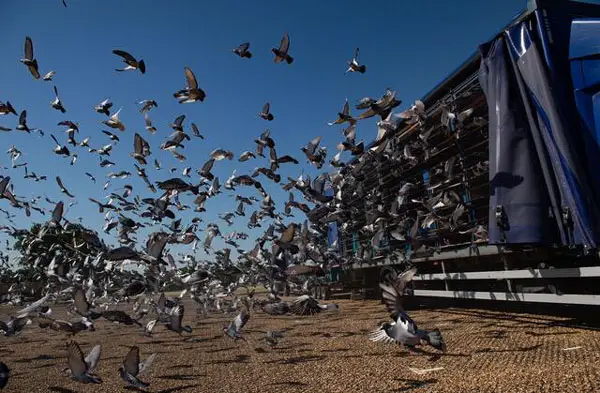
Preventing and Treating Wing Injuries in Racing Pigeons
We will discuss both the treatment and prevention measures of racing pigeon injuries step by step.
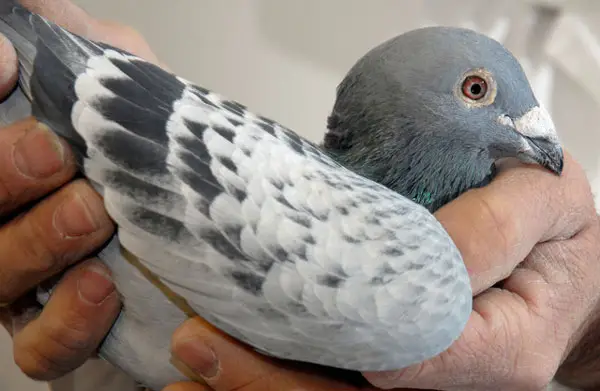
Treatment:
The following steps can be taken to provide first aid for a pigeon with a wing injury:
- Rest and isolate the pigeon in a safe and quiet environment.
- Assess the severity of the wing injury by extending the wing.
- If they can extend their wings, it isn’t severe.
- Provide supportive care such as appropriate food, water, medications, or supplements to promote healing.
- If they can’t extend their wings, monitor for signs of infection, such as swelling, redness, and pus.
- Now, if you notice the injury is severe, contact an animal doctor.
If you see any infection or damage in the pigeon’s wing, it’s always recommended to separate this one from the group. Thus, it can have its required care and medication.
Preventative Measures:
- Ensure a safe environment free of obstacles or sharp objects.
- Handle pigeons with care.
- Regularly check for any signs of injury or illness.
You have to continue monitoring them on a timely basis. That is the preventative measure that helps you keep your pigeons in good health and avoid uncertainties.
Protecting Racing Pigeons from Predators
You must follow and complete certain actions to protect your flying friend. As a result, you may be able to defend pigeons from predators.
- Provide natural protection by placing pigeon feeders near evergreen shrubs or other areas where the birds can escape if a hawk is nearby.
- Ensure your pigeons stay in good shape by allowing them to fly regularly.
- Avoid overfeeding your pigeons, as overweight birds are slower and more vulnerable to hawk attacks.
- The release site of racing pigeons can also be chosen carefully to minimize the risk of predation. Try to choose locations that are less attractive to birds of prey, such as areas with low trees or open fields.
You may notice all the protection activity sounds like prevention. Since it’s a flying creature, you can’t do something if they get attacked in the sky. It’s preventative measures mentioned above or maybe protection that can at least keep them safe.
Prevention for Other Additional Risks
There are other potential challenges such as unwanted weather conditions, and theft.
Keeping an eye on the weather prediction might assist you to avoid letting them race in bad weather. You may also notify your neighbors about your birds. However, it is almost impossible to discover them again. Because they go a vast distance while racing.
Nonetheless, it has been rumored that some loft security equipment is in the works. But, this is not yet available on the general market. As a result, there is no equivalent protection or prevention for other hazards.
Strategies for Maintaining the Health and Safety of Racing Pigeons
To maintain the health and safety of racing pigeons, several key strategies can be implemented. These include:
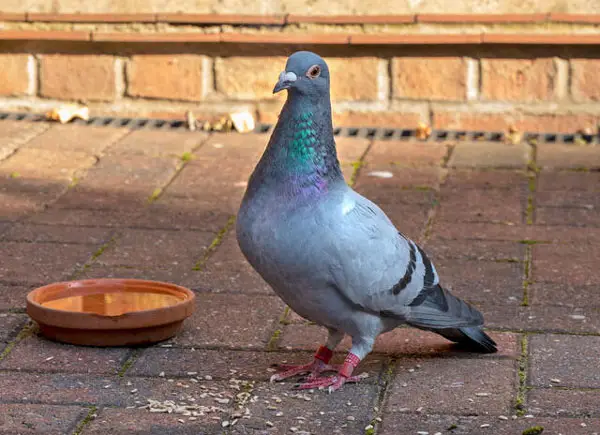
Prevention
Taking steps to prevent the spread of disease is essential for maintaining the health of racing pigeons. This can involve implementing biosecurity measures and ensuring that all birds are vaccinated.
Hygiene
Regular cleaning, dusting, scrubbing, and vacuuming of the loft can help prevent the spread of disease. Pots should be cleaned with disinfectant to eliminate bacteria and viruses.
Proper Housing
A well-ventilated loft that is kept dry is essential for maintaining the health of racing pigeons. The ideal ventilation system should allow airflow to enter at the bottom front and exit at the highest point at the back. Adjustable louvers can be installed to regulate temperature and airflow.
Flooring
Wooden floors are the best option for retaining warmth during the winter months. Cement floors can be covered with floor dressing or removable wooden sheets.
Regular Check-Ups
It’s crucial to schedule regular check-ups with a veterinarian to ensure that pigeons are healthy and free from disease.
Training and Racing Schedule
A well-planned training and racing schedule can keep pigeons in good physical condition and prevent overexertion.
You may follow these above-mentioned strategies for keeping your feathered friend hale and hearty. Remember, the key to good health is prevention, and keeping pigeons healthy is everyone’s responsibility.
If you’re interested in learning more about pigeon racing, you might find our articles on the anatomy and physiology of racing pigeons and the history of pigeon racing insightful. Our article on the anatomy and physiology of racing pigeons explores the unique physical characteristics and adaptations that enable pigeons to excel in racing. Meanwhile, our article on the history of pigeon racing delves into the origins, evolution, and cultural significance of this popular sport.Final Words
Pigeon racing is an exciting and challenging sport that requires careful attention to the health and safety of racing pigeons. The challenges faced by pigeon racers include injuries, predator attacks, improper weather events, and theft.
Furthermore, don’t forget to ensure proper nutrition for keeping them healthy. Also, have them carefully monitored to see any abnormality in body language. These will help in pigeons’ health risk mitigation.
However, by taking preventative measures and treating injuries promptly, pigeon racers can ensure that their birds remain healthy and safe. This sport is a true test of skill and endurance, both for the birds and their trainers. As long as proper care is taken, it can continue to be enjoyed by enthusiasts for some more years.

